A clean sensor is a happy sensor
Loads of people ask me about my opinion about cleaning their sensor. Often people let specialized shops do it for sometimes a lot of money and don’t realize that the moment they zoom (with some lenses) or change lenses they have new dust building up. Let me start by saying that cleaning a sensor is easy as can be. You’re actually not cleaning the sensor itself but the toplayer. Which is actually pretty strong. There is one thing you, however, have to be careful for.
Some sensors (like the Sony) have onboard image stabilization, this means the sensor is “kinda” floating, so when you apply pressure to the sensor you will actually see it move, now that’s not good of course, to solve this just go into the menu and activate “sensor cleaning” this way the sensor will do it’s “magic” and it will lock itself unless you turn the camera off and on again, this is the moment when you can easily just clean your sensor.
Solutions
The in-camera one
To be honest, most cameras nowadays have sensor cleaning but to be clear, I never really had the idea it worked, yeah it sometimes did clean up a little bit but in essence, it’s the less effective way from what I’m going to discuss here.

Rocket blower
This is probably the most famous one, and for good reason, often all that is needed to get rid of that dust bulb is a good gust of clean wind. In all honesty, this really is a must buy, if you don’t own any of these well…. get out and get one. And don’t EVER blow into your chamber with your mouth, although cleaning a Medium Format sensor can be done by breathing on it and wiping it clean with a pecpad, this is something that should not and never been done inside a camera.
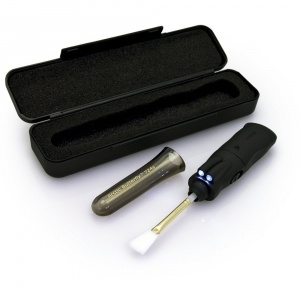
Arctic Butterfly
If I have to choose one device to use for cleaning, this is it. That’s also the reason I opened the article with an image of the arctic butterfly. I’ve been using them for quite some time now and the “new” versions with led lights are absolutely awesome. Operation is very simple, just activate the butterfly and let it run for a few seconds, stop and clean the sensor, it’s a very effective way of cleaning and takes out a lot more than the rocket blower. The main problem with dust is that not all dust is equal, some dust particles are just “resting” on the sensor and can be blown off, but some are a bit more sticky, and that’s where the butterfly comes to the rescue.
They are delivered in a sturdy case so you can take them with you on travels without worrying about damaging it. And trust me I’ve been in loads of situations where a rocket blower just didn’t do it’s work and being in the middle of nowhere without the option to clean your sensor at a camera store is amazingly annoying and takes a lot of time in Photoshop to clean up those beautiful shots, so if you only can take one device with you make sure it’s this one.
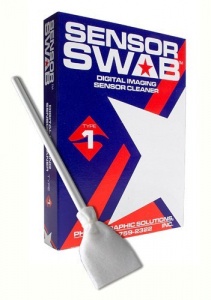
Sensor swipes and Eclipse
If all else fails this is it. The wet method. In essence, there will always be dust that whatever you throw at it it will stay there, it’s like it’s glued to the sensor, now before you take out the paint remover (which you should not even thing about) you should invest in a bottle of eclipse and sensor swipes. I have to be honest, for me, wet cleaning is like a last resort, but it never let me down. I’ve cleaned sensors from students of mine that were so dirty that even on f8 you already saw the dust blobs appearing and after a good wet clean they were “perfect” again.
Get the sensor swipes here
And get the Eclipse here
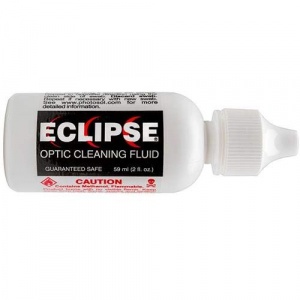
Conclusion
There is one very important thing you have to keep in mind before you lose your sanity. There will ALWAYS be a little bit of dust on your sensor when shooting at f16 or f22, don’t worry about it, it will be gone in seconds in Photoshop/Lightroom etc. I actually never saw a 100% clean sensor in my life, there are some things you can do to prevent it from building up or getting really bad.
- Make sure you always switch lenses up side down and fast.
don’t let the camera lay on it’s back with the lens mount wide open, change caps first and then the lens. No take the lens off with the camera facing down and immediately put the new lens on - Don’t switch lenses in a windy or dusty environment
Sounds obvious but you don’t want to know how many people I see changing lenses on the beach or even worse in the dunes. - Don’t push the dust to the sides
I see this a lot when people start out cleaning their sensors, they will move the dust to the sides of the sensor and don’t take notice, this dust will build up and before you know it it will be very hard to clean and you see a collection of dust particles in your corners or side. - Make sure the dust is gone but don’t over do it
A good cleaning should be pretty fast, don’t keep rubbing the sensor one good swipe from left to right and maybe one to check but that’s it. Check first and continue later
Of course there are more ways to clean a sensor including some I never even tried because somehow they feel a bit sketchy for me, like putting magic tape on your sensor and pulling it off (yeah I really read that somewhere) now let’s make one thing clear, yeah magic tape is supposed to not leave any trails but really seriously would you risk your sensor to that? I won’t. There are also some dustpickers out there with which you can select one dust particle and take it out via a sort of plunger effect, I never tried it because in all honesty with the 3 solutions above I never run into problems.
So what should you always bring?
One would say the rocket blower and although I use it a lot in the studio my choice is, however, the Arctic butterfly. It’s right in the middle of effectiveness between the rocket blower and the wet method and this means that when travelling within seconds I can clean my sensor more than enough to get clean shots for the rest of the trip when I’m home I can always do it “perfectly” with the wet method. And trust me nothing is more frustrating than being on a trip and shooting some stunning scenery and coming back in the hotel/RV and finding out your sky is littered with dust and you didn’t bring anything and there are no camera stores close by enough. Try driving an almost 10mtr RV into a city centre to get some cleaning stuff or lose some time on your trip to find a camera store that sells cleaning gear. So always bring at least one device that really does the trick and for me, the best allrounder is the Arctic Butterfly.
Any experiences from you guys?
Post them below
Support our work by using the links in the article, even if you need something else :-), just follow one of the links and continue your shopping.

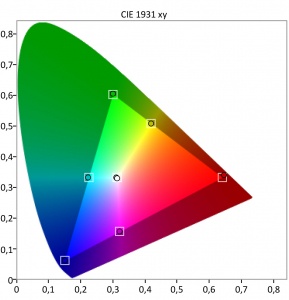
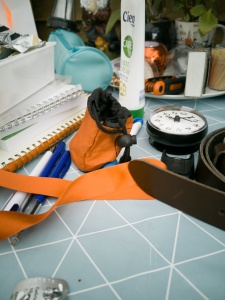
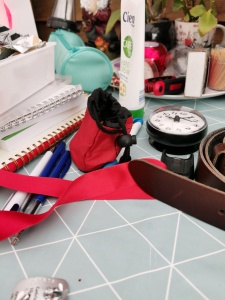
 Now this is a HUGE mess, reds, skintones, blues… well let’s be fair almost every color is totally wrong, and not for a small amount.
Now this is a HUGE mess, reds, skintones, blues… well let’s be fair almost every color is totally wrong, and not for a small amount.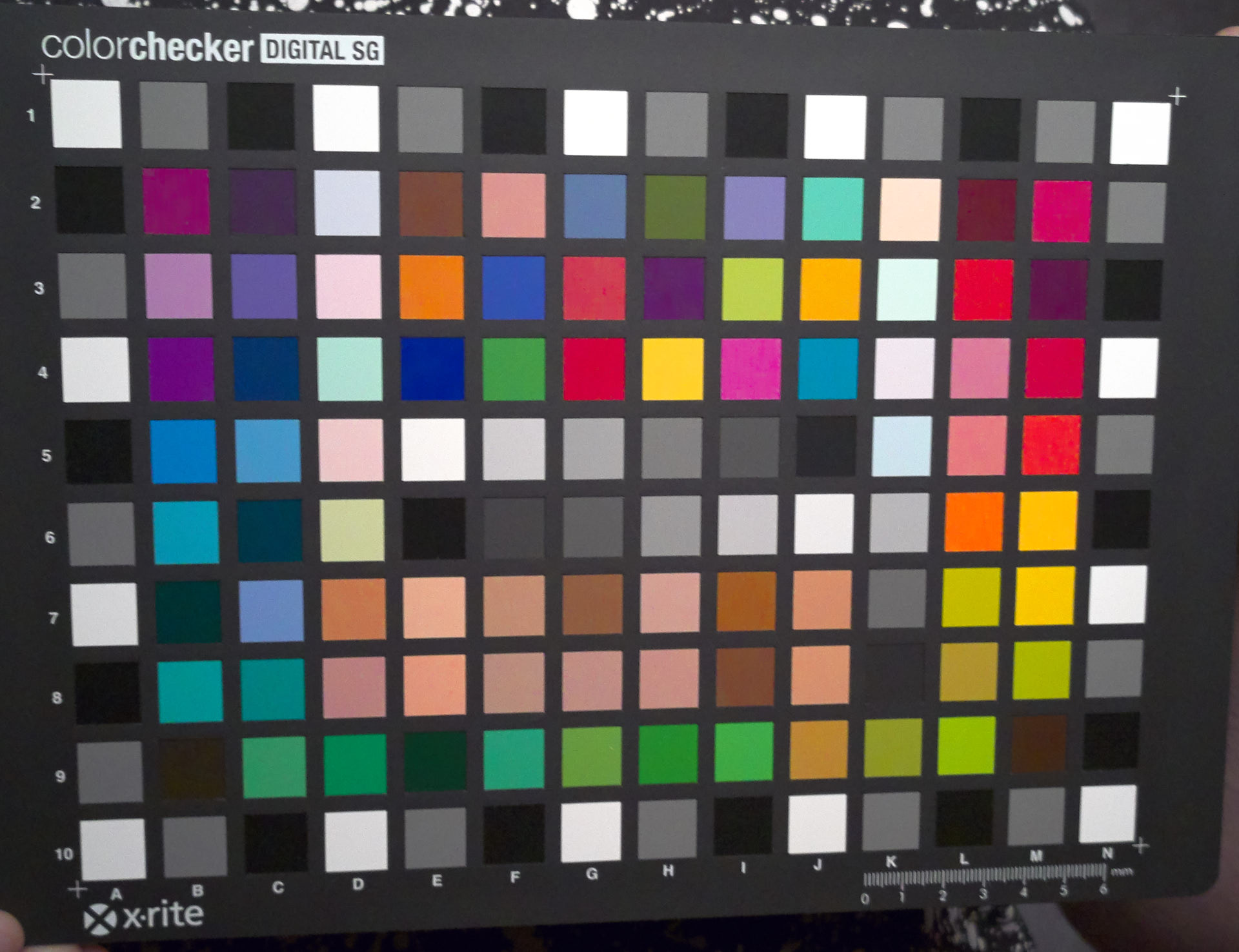 And there we go, now this is something I recognize.
And there we go, now this is something I recognize.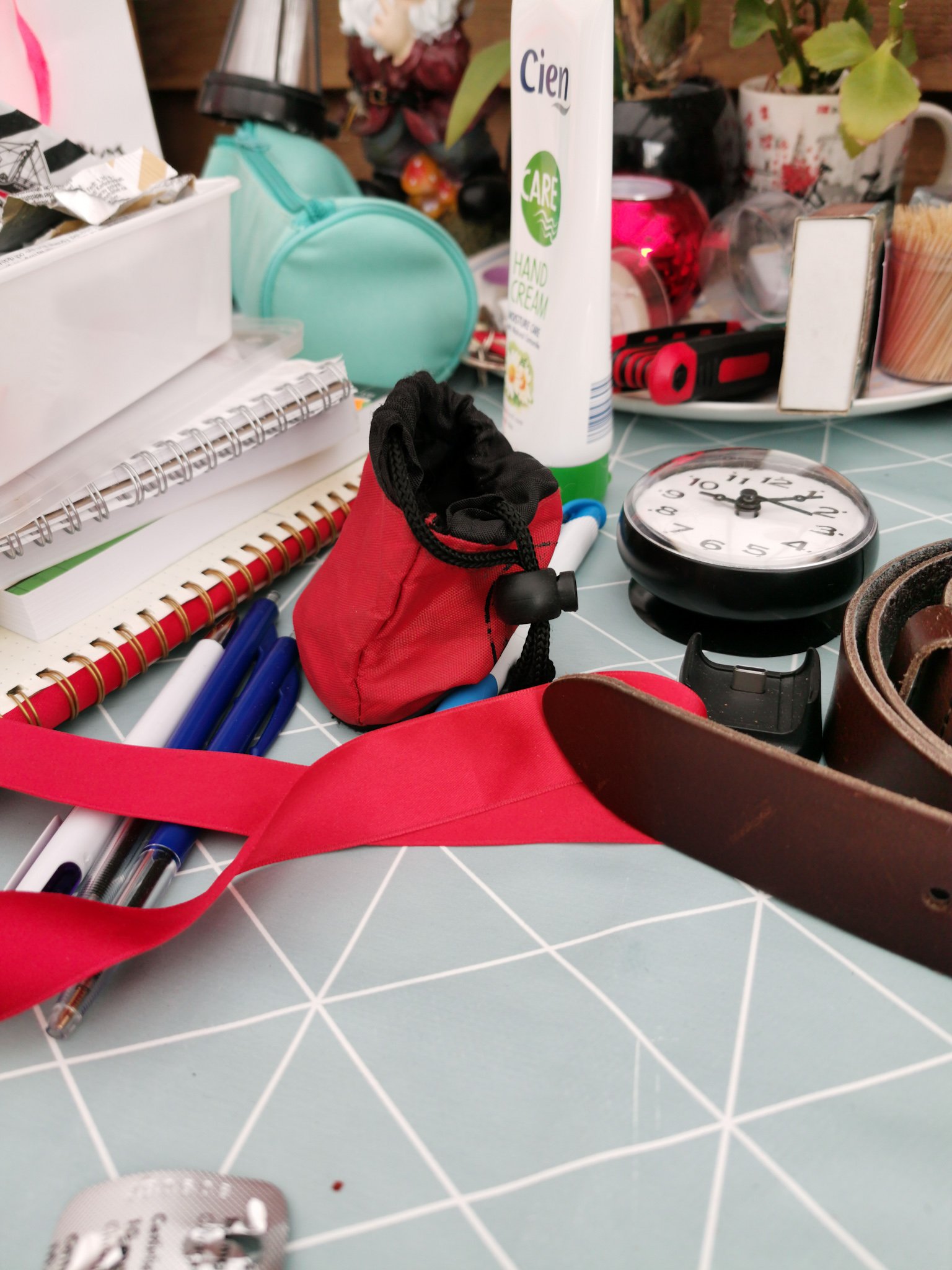
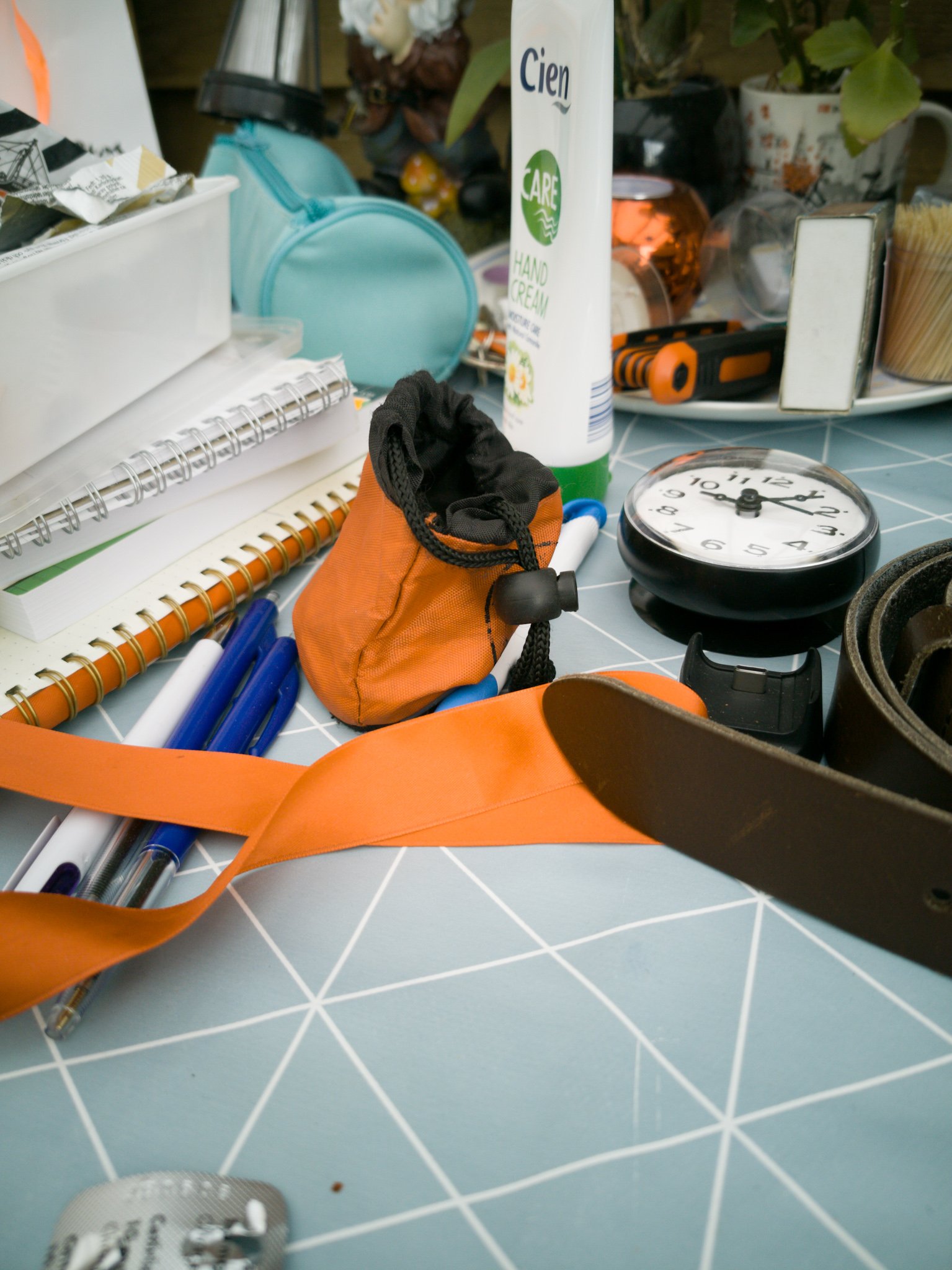

You must be logged in to post a comment.